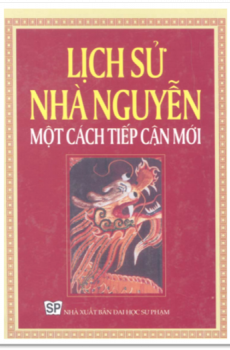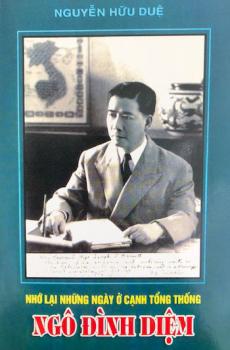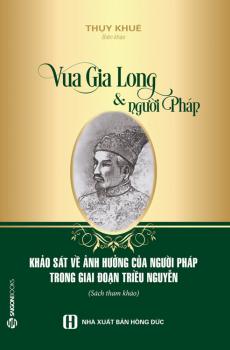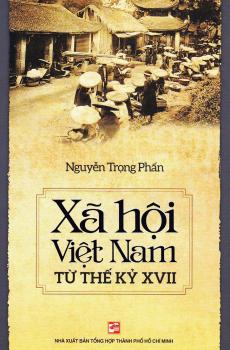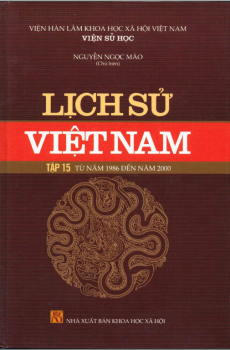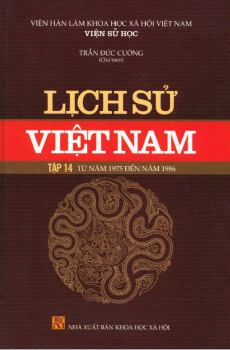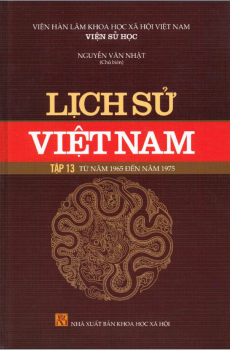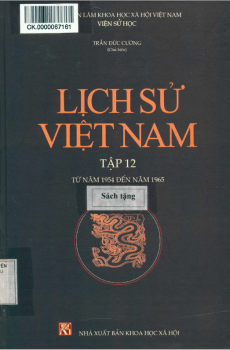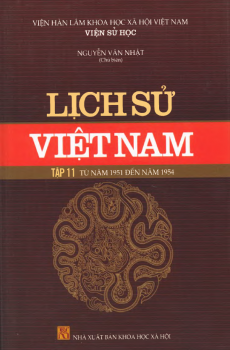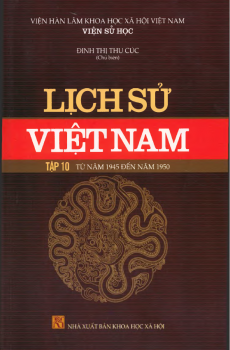Great Epochs in American History, Volume I. Voyages Of Discovery And Early Explorations:
Great Epochs in American History, Volume I. Voyages Of Discovery And Early Explorations:
Log in to download this book.
| Publisher | unknown |
|---|---|
| Accessible book producer | Public domain |
| Published year | 2005 |
| Coppy right | Public Domain |
*** START OF THIS PROJECT GUTENBERG EBOOK GREAT EPOCHS, AMERICAN *** Produced by Carel Lyn Miske and the Online Distributed Proofreading Team at pgdp.net GREAT EPOCHS IN AMERICAN HISTORY
DESCRIBED BY FAMOUS WRITERS FROM COLUMBUS TO WILSON
Edited, with Introductions and Explanatory Notes
By
FRANCIS W. HALSEY
Associate Editor of "The World's Famous Orations"; Associate Editor of "The Best of the World's Classics"; author of "The Old New York Frontier"; Editor of "Seeing Europe With Famous Authors"
IN TEN VOLUMES
ILLUSTRATED
VOL. I VOYAGES OF DISCOVERY AND EARLY EXPLORATIONS: 1000 A.D.—1682
COPYRIGHT, 1912 AND 1916, by FUNK & WAGNALLS COMPANY
[Printed in the United States of America]
Transcriber's Note: This text retains original spellings.
PREFACE
In these ten volumes the aim has been to present striking accounts of ten great epochs in the history of the United States, from the landing of Columbus to the building of the Panama Canal. In large part, events composing each epoch are described by men who participated in them, or were personal eye-witnesses of them.
Columbus, for example, described his own first voyage; Washington, the defeat of Braddock; Gen. "Sam" Houston the battle of San Jacinto; General Robert E. Lee, the capture of John Brown at Harper's Ferry; Murat Halstead, the nomination of Lincoln; Jefferson Davis, the evacuation of Richmond, and his own arrest in Georgia by Federal troops; Mrs. James Chesnut, wife of the Confederate general, the firing on Fort Sumter; Edmund Clarence Stedman, the retreat from Bull Run; Gen. James Longstreet, Pickett's charge at Gettysburg; General Sheridan, Sheridan's ride to Winchester; James G. Blaine, the funeral of Lincoln; Cyrus W. Field, the laying of the Atlantic cable; Horace White, the great Chicago fire; William Jennings Bryan, the first Bryan campaign; Admiral Dewey, the battle of Manila Bay, and Admiral Peary, the finding of the North Pole.
These accounts are often supplemented by passages from the writings of historians and biographers, including George Bancroft, Washington Irving, Francis Parkman, Richard Hildreth, William E.H. Lecky, James Schouler, and John Fiske; or from those of statesmen, journalists and publicists, among them, Thomas Jefferson, John Adams, Thomas H. Benton, Robert Toombs, Horace Greeley, "Bull Run" Russell, Carl Schurz, and Theodore Roosevelt.
The tables of contents prefixt to the several volumes, or the index appended to the last, will show how wide is the range of topics. The events described have been of vital, and often of transcendant, importance to this country and Europe. The writers will be found interesting as authorities, and are often supremely competent, alike as authorities and writers. The work is believed to present American history in a form that will appeal to readers for its authenticity and its novelty.
Francis W. Halsey.
INTRODUCTION
(Voyages of Discovery and Early Explorations.)
Schoolboys have been taught from their earliest years that Columbus discovered America. Few events in prehistoric times seem more probable now than that Columbus was not the first to discover it. The importance of his achievement over that of others lay in his own faith in his success, in his definiteness of purpose, and in the fact that he awakened in Europe an interest in the discovery that led to further explorations, disclosing a new continent and ending in permanent settlements.
The earliest voyages to America, made probably from Asia, led to settlements, but they remained unknown ever afterward to all save the settlers themselves, while those from Europe led to settlements that were either soon abandoned or otherwise came to nought. Wandering Tatar, Chinese, Japanese, Malay, or Polynesian sailors who drifted, intentionally or accidentally, to the Pacific coast in some unrecorded and prehistoric past, and from whom the men we call our aborigines probably are descended, sent back to Asia no tidings of what they had found. Their discovery, in so far as it concerned the people of the Old World, remained as if it had never been.
The hardy Northmen of the Viking age, who, like John Smith, six hundred years afterward, found in Vinland "a pleasant land to see," understood so little of the importance of what they had found, that, by the next century, their discovery had virtually been forgotten in all Scandinavia. It seems never to have become known anywhere else in Europe. Indeed, had the Northmen made it known to other Europeans, it is quite unlikely that any active interest would have been taken in it. Europe in the year 1000 was self-centered. She had troubles enough to absorb all her energies. Ambition for the expansion of her territory, for trade with peoples beyond the great waters, nowhere existed. Most European states were engaged in a grim struggle to hold what they had—to hold it from the aggressions of their neighbors, to hold it against the rising power of Islam.
Columbus did not know he had discovered the continent we call America. He died in the belief that he had found unknown parts of Asia; that he had discovered a shorter and safer route for trade with the East, and that he had given new proof of the assertions made by astronomers that the earth is round. The men who immediately followed him—Vespucius and the Cabots—believed only that they had confirmed and extended his discovery. Cabot first found the mainland of North America, Vespucius the mainland of South America, but neither knew he had found a new continent. Each saw only coast lines; made landings, it is true; saw and conversed with natives, and Vespucius fought with natives; but of the existence of a new world, having continents comparable to Europe, Asia, or Africa, with an ocean on both sides of them, neither ever so much as dreamed.
Under the splendid inspiration of Prince Henry the Navigator, an inspiration that remained potent throughout Portugal long after his death, Bartholomew Dias, five years before Columbus made his voyage to America, rounded the Cape of Good Hope, actually sailed into the Indian Ocean, and was pressing on toward India when his crew, from exhaustion, refused to go farther, and he was forced to return home. Vasco da Gama, ten years later (1497), following the route of Dias, actually reached India and thus demonstrated that, instead of going overland by caravan, India could be reached by sailing around two-thirds of Africa.
Spanish and Portuguese navigators—Columbus, Da Gama, Dias—alike sought a new and shorter route for trade with the Far East—one, moreover, that would not be molested by the advancing and aggressive Turks. Columbus believed, and so believed Spain and Portugal, that he had found a shorter route than the one Diaz and Da Gama found. Disputes arose between the rival powers as to titles and benefits from the discoveries, and it was because of these that Pope Alexander VI issued his famous Bull, dividing between the two all lands discovered by the navigators, an act which, in our time, has become a curious anomaly, since later proof of the existence of continents between the Atlantic and Pacific made the Pope's decree virtually a partitioning of all America between two favored countries as sole beneficiaries.
Da Gama returned from India laden with Eastern treasure. Columbus returned from America poorer than when he sailed from the port of Palos. Columbus was believed to have found Asia, but he brought home, after several voyages, none of the wealth of Asia. Hence those fierce storms that beat about his head, leading to his imprisonment and to his death in Valladolid, a broken-hearted man.
The Spanish explorers who in the next century followed Columbus, came to America in pursuit of silver and gold. Rich stores had already been found by their countrymen in Mexico and the Peruvian Andes. In meetings with Indians farther north wearing ornaments of gold, the new explorers became convinced that mineral wealth also existed in the lands now called the United States, and especially in the fabled "Seven Cities of Cibola," in the Southwest. Out of this belief came the bold enterprises of Ponce de Leon, De Vaca, Coronado and De Soto, while out of the Spanish successes in finding gold in America came the first known voyage into New York Harbor, that of Verazzano, the Italian in French service, who was seeking Spanish vessels returning richly laden.
Of the French and English explorers of later years—Cartier, Champlain, Marquette, Hudson, Drake—who came to Cape Breton, the St. Lawrence, Hudson, and Mississippi valleys, the California coast—the motives were different. These came to fish for cod, to explore the country, to plant the banners of the Sun King and Queen Bess over new territories, to convert the Indians, to find a northwest passage—that problem of the navigators which baffled them all until 1854—362 years after the landing of Columbus—when an English ship, under Sir Robert McClure, sailed from Bering Sea to Davis Strait, and thus proved that America, North and South, was an island.
Spaniards, however, had dreamed of a northwest passage before any of these. When Magellan passed through the strait that bears his name, and his ship completed the first circumnavigation of the globe, men began first to see that America was no part of Asia. In further proof they sought to find a passage into the Pacific from the north, as a complement to Magellan's passage from the south. Such an attempt was first made by the Spaniards under Vasquez d'Ayllon, four years after the voyage of Magellan; that is, in 1524. Ayllon was hoping to find this passage when he put in at Hampton Roads, just as Hudson hoped to find it, eighty-five years afterward, when he entered the harbor of New York—Hudson, who in a later voyage, sought it once more in Hudson Bay, and perished miserably there, set adrift in an open boat and abandoned by his own mutinous sailors.
F.W.H.
CONTENTS
VOL. I—VOYAGES OF DISCOVERY AND EARLY EXPLORATIONS
PREFACE
INTRODUCTION. By the Editor
DISCOVERIES BEFORE COLUMBUS Men from Asia and from Norway. By Justin Winsor How the Norwegians Came to Vinland The First European Child Other Pre-Columbian Voyages. By Henry Wheaton
THE DISCOVERY BY COLUMBUS: As Described by Washington Irving As Described by Columbus Himself
THE BULL OF POPE ALEXANDER VI PARTITIONING AMERICA
THE DISCOVERY OF THE MAINLAND BY THE CABOTS: The Account Given by John A. Doyle Peter Martyr's Account
THE VOYAGES OF VESPUCIUS. Vespucius' Own Account
A BATTLE WITH THE INDIANS. As Described by Vespucius
THE FIRST ACCOUNT OF AMERICA PRINTED IN ENGLISH
THE DISCOVERY OF FLORIDA BY PONCE DE LEON. Parkman's Account
THE DISCOVERY OF THE PACIFIC BY BALBOA. By Manuel Jose Quintana
THE VOYAGE OF MAGELLAN TO THE PACIFIC. By John Fiske
THE DISCOVERY OF NEW YORK HARBOR BY VERAZZANO. Verazzano's Own Account
CARTIER'S EXPLORATION OF THE ST. LAWRENCE: The Account Given by John A. Doyle Cartier's Own Account
SEARCHES FOR THE "SEVEN CITIES OF CIBOLA." By Reuben Gold Thwaites
CABEZA DE VACA'S JOURNEY TO THE SOUTH-WEST. De Vaca's Own Account
THE EXPEDITION OF CORONADO TO THE SOUTH-WEST. Coronado's Own Account
THE DISCOVERY OF THE MISSISSIPPI BY DE SOTO. Parkman's Account
THE DEATH OF DE SOTO. By One of De Soto's Companions
DRAKE'S VISIT TO CALIFORNIA. By One of Drake's Companions
HUDSON'S DISCOVERY OF THE HUDSON RIVER. By Robert Juet, Hudson's Secretary
CHAMPLAIN'S BATTLE WITH THE IROQUOIS ON LAKE CHAMPLAIN. By Champlain Himself
MARQUETTE'S DISCOVERY OF THE MISSISSIPPI. Marquette's Own Account
THE DEATH OF MARQUETTE. By Father Claude Dablon
THE DISCOVERY OF NIAGARA FALLS. By Father Louis Hennepin
LA SALLE'S VOYAGE TO THE MOUTH OF THE MISSISSIPPI. By Francis Parkman
VOYAGES OF DISCOVERY AND EARLY EXPLORATIONS
1000 A.D.—1682



